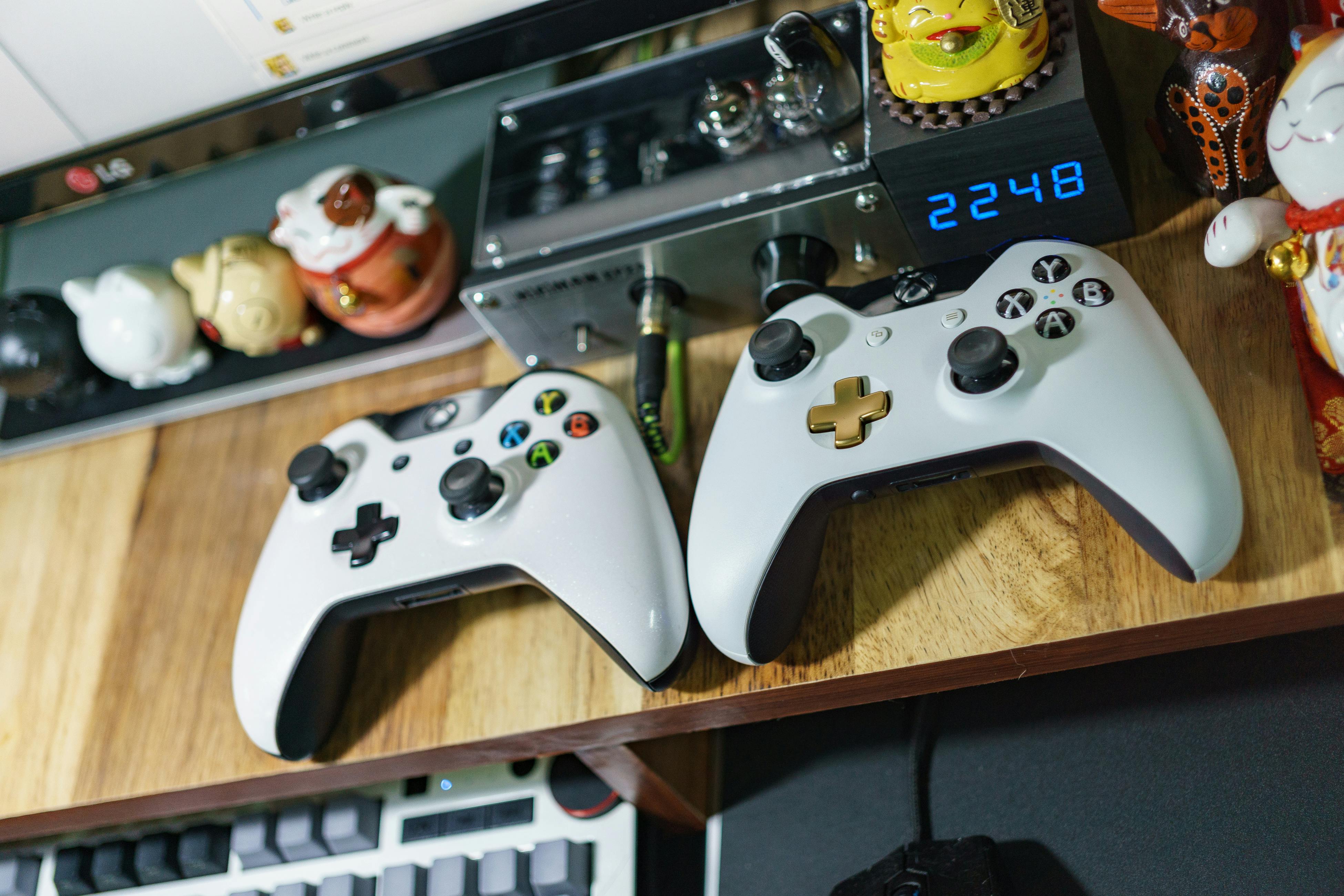Easy-to-follow ways to achieve your health and wellness goals
Most people make New Year’s resolutions. Most of these New Year’s resolutions are wishes for health, wealth, and happiness. There is something about a new year that makes people want to start off right and so they make resolutions.
The word “resolution” comes from the verb “resolve”, which means to come to a solution or a decision about some puzzle or question. Frankly, most New Year’s resolutions are mere wishes and not really resolutions because very few of them come true.
For resolutions to become reality, they need to be more than just wishes, but real action plans with action steps. Since health and fitness directly affect our personal well-being and the well-being of our families, we must make the choice to be fit and healthy.
But how?
Here are some ideas:
Know the state of your health. See your doctor before starting any exercise or diet regimen. Get a complete checkup and tell your doctor about your health and weight loss goal. People often go on crash diets out of desperation that never have a happy ending. Make sure you choose a healthy eating plan that allows for long-term success, so you don’t set yourself up for failure from the start.
Express your resolution as a principle. Let your resolution be the guiding principle that will define all the food and activity choices you make throughout the year. Articulate it as a theme or motivational phrase if you can. The catchier and shorter it is, the easier it is to remember and the easier it is to use to discipline yourself and join forces against inactivity and excess weight. For example, if you use “Thin is in 2015”, it’s catchy, but it’s not very accurate. A spaghetti noodle is thin, but so is a flagpole. But if you phrase it as a command, “Lose 52 pounds in 2015.” It is no longer a desire or a wish, it is both a goal and an order.
Break it down into small tasks. 52 pounds is a big figure. But then again, you have 12 months or about 52 weeks to lose those 52 pounds, which translates to about 4 1/4 pounds every month of the year or 1 pound every week. there you go You can check your resolution: “One pound a week in fifty-two weeks makes fifty-two pounds lose in 2015.” One pound a week is not only a healthy weight loss rate, it’s also a very achievable goal.
Think of particular action plans.. Answer the question: how do you intend to lose a pound every week? This is where you have to think hard.
- You can’t starve yourself because starving will become a boomerang in binge eating.
- You cannot deprive yourself because deprivation can mean malnutrition.
- You cannot abstain from all your favorite food because you will feel frustrated.
Think in terms of what you can do rather than what you can’t..
- Substitute plain unsweetened tea for soda.
- Substitute potato chips and salsa for vegetable sticks and salsa.
- Eat fish and chicken instead of pork or beef.
- Bake, boil, or poach instead of frying.
- Grill instead of sauté.
- Squeeze lemon juice and a bit of olive oil over lettuce instead of using cream dressings.
- Eat whole wheat bread instead of white bread.
- Use the stairs instead of the elevator.
- Walk to the market instead of taking the car.
- Start a cardio regimen or join a fitness class.
Find a training partner. It is much easier to jog or walk when you are with a friend: the mile goes faster because of the company and the conversation.
Make sure your training partner is someone who knows you well enough to be a drill sergeant when you feel lazy and need it; and a cheerleader when you’re feeling drained and need a helping hand.
continually challenge yourself. Take baby steps at first, but as you get stronger and more confident, lengthen your stride. If you tell yourself that you’ll walk around the block before breakfast at first, do so until it becomes part of your routine (about a week or two) and when you’re no longer panting around the block, walk to the next block. and return
Gradually increase the amount of time you walk or walk more times around the block or go further and further until you build up endurance and strength. Once you get bored of walking, try jogging. And then running. Up your game to keep things interesting.
Find ways to measure your progress. Keep a log on your refrigerator door and write down how many blocks you walked today. If you wear a pedometer, write down the number of steps you took each day. The feeling of accomplishment will fuel a greater determination to stick to your exercise routine or physical activity.
Also monitor weight loss and inches, this is more positive reinforcement that will keep you going.
designate a weight–in day. If you weigh yourself every day, chances are you’re in for an emotional rollercoaster experience, as the reading on your bathroom scale is often affected by your daily grooming habits, the clothes you wear, and the amount of food you eat. liquid you drink
Instead of going through a roller coaster experience, take a break and weigh yourself once a week or once every two weeks.
Reward yourself. If you lose 5 pounds enjoy a movie. Surely a 20-pound loss deserves your favorite bottle of perfume or a new device? Whatever the reward, remember to choose something meaningful, rewards reinforce behavior, which can keep you straight toward your goal in the long run!
Be kind, loving and patient with yourself. Be your own cheerleader and your own drill sergeant. Hug yourself when you feel disappointed that you didn’t reach a milestone. Give yourself good advice and talk about yourself so you don’t give up. Cheer up to return to normal.



